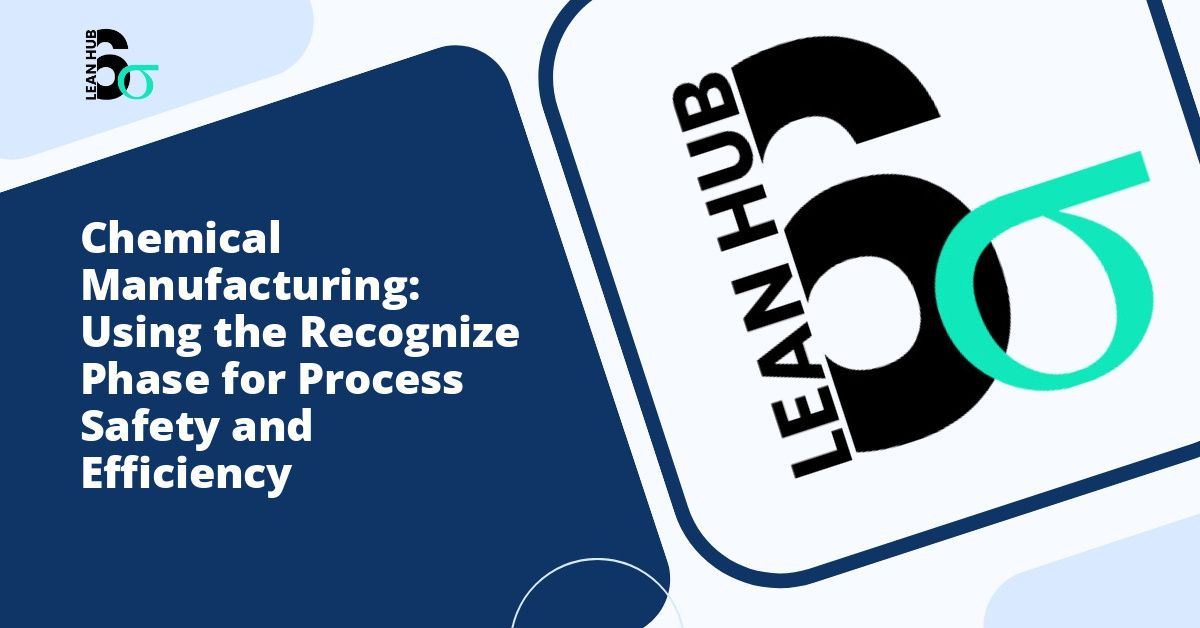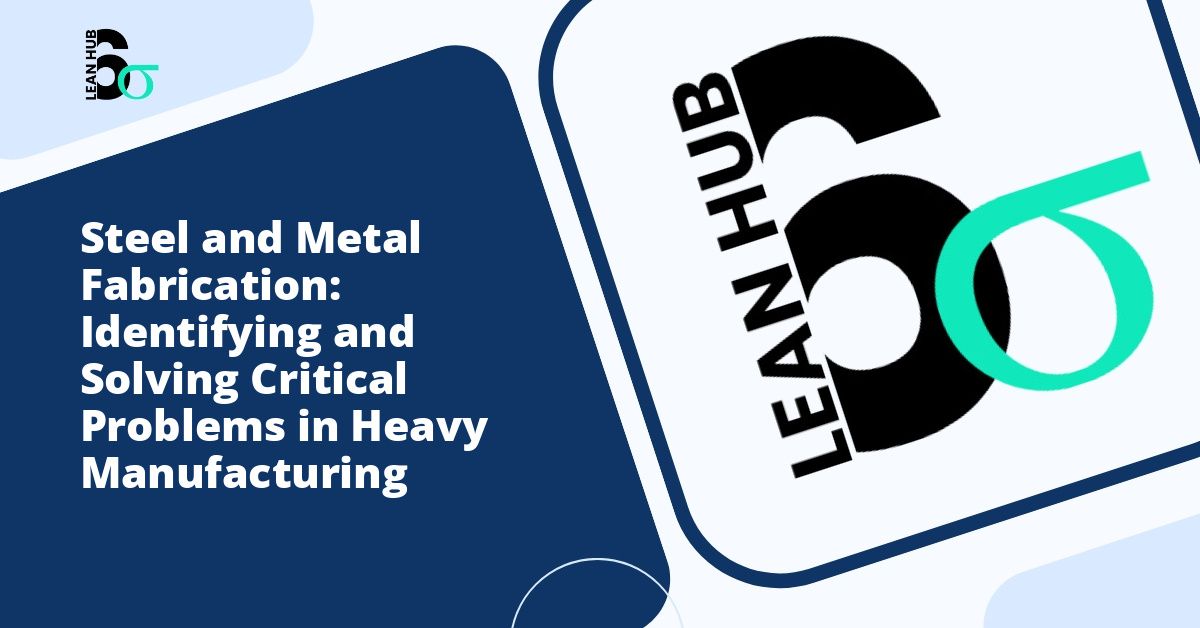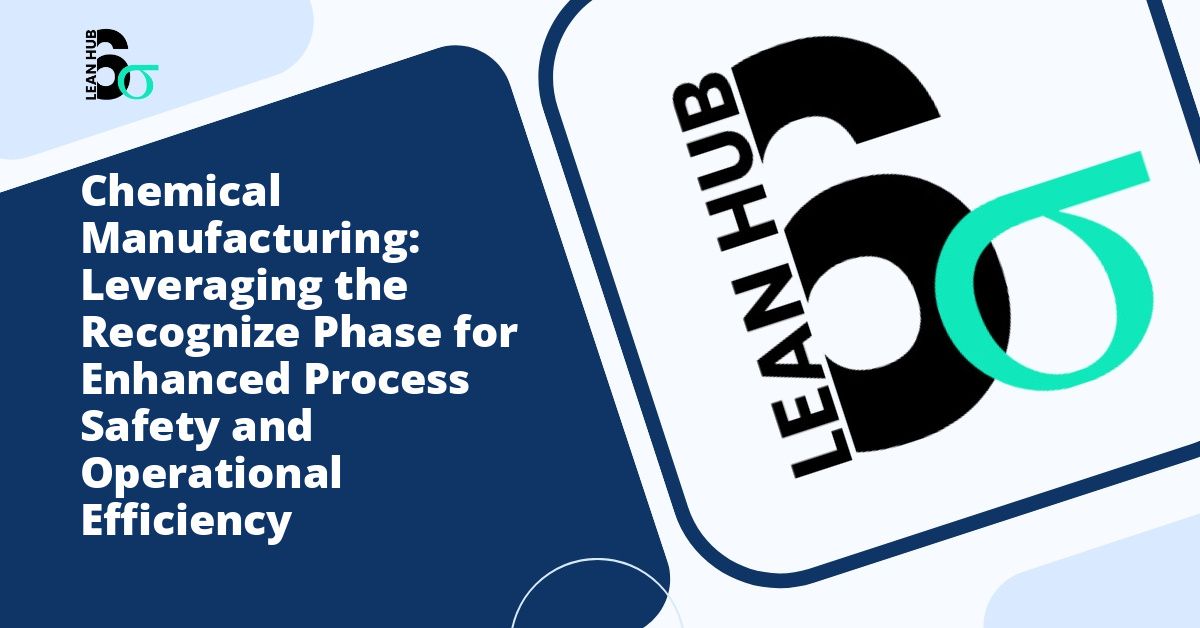Chemical manufacturing stands as one of the most complex and risk-intensive industries in the modern economy. The sector demands unwavering attention to safety protocols while simultaneously pursuing operational efficiency. In recent years, methodologies like lean six sigma have revolutionized how chemical plants approach process improvement, with the recognize phase serving as a critical foundation for sustainable change.
This article explores how chemical manufacturers can leverage the recognize phase to identify opportunities for enhancing both safety and efficiency, creating a culture of continuous improvement that protects workers, communities, and bottom lines alike. You might also enjoy reading about Problem Recognition in Telemedicine Services: A Lean Six Sigma Approach to Digital Healthcare Delivery.
Understanding the Recognize Phase in Chemical Manufacturing
The recognize phase represents the initial stage of problem identification and opportunity assessment within process improvement frameworks. In chemical manufacturing contexts, this phase involves systematic observation, data collection, and analysis to identify gaps between current performance and desired outcomes. Rather than jumping immediately to solutions, the recognize phase encourages organizations to fully understand their baseline conditions. You might also enjoy reading about Theory of Constraints and the Recognize Phase: A Powerful Combination for Business Excellence.
For chemical manufacturers, the recognize phase serves dual purposes. First, it helps identify safety vulnerabilities that could lead to incidents, injuries, or environmental damage. Second, it reveals inefficiencies that increase costs, waste resources, or limit production capacity. These two objectives often intersect, as many safety improvements simultaneously enhance operational efficiency. You might also enjoy reading about Lean Six Sigma Recognize Phase in Emergency Departments: Identifying Critical Bottlenecks.
The Role of Lean Six Sigma in Chemical Process Safety
Lean six sigma combines two powerful methodologies: lean manufacturing’s focus on waste elimination and Six Sigma’s statistical approach to quality improvement. When applied to chemical manufacturing, this framework provides structured tools for addressing complex safety and efficiency challenges.
The methodology’s emphasis on data-driven decision making proves particularly valuable in chemical environments where assumptions can have catastrophic consequences. By following lean six sigma principles during the recognize phase, manufacturers develop comprehensive understanding of their processes before implementing changes.
Key Components of Lean Six Sigma Recognition
- Voice of the Customer (VOC): Understanding stakeholder expectations regarding safety, quality, and delivery
- Process Mapping: Documenting current workflows to identify potential hazards and bottlenecks
- Data Collection: Gathering quantitative evidence about process performance and safety metrics
- Baseline Measurement: Establishing current performance levels for future comparison
- Problem Definition: Clearly articulating specific issues requiring attention
Implementing the Recognize Phase for Safety Enhancement
Safety considerations must dominate the recognize phase in chemical manufacturing. The consequences of overlooking hazards extend far beyond financial losses to include human injury, environmental damage, and regulatory penalties. A thorough recognition process creates the foundation for preventing incidents before they occur.
Hazard Identification Techniques
During the recognize phase, chemical manufacturers employ various techniques to identify potential safety concerns. Process Hazard Analysis (PHA) methods such as HAZOP (Hazard and Operability Study) studies systematically examine each process step for deviations that could lead to dangerous situations. These structured approaches align perfectly with lean six sigma’s methodical nature.
Frontline workers provide invaluable insights during recognition activities. Operators, maintenance personnel, and laboratory technicians interact with processes daily and often notice subtle changes or near-miss events that formal systems might overlook. Creating channels for worker input ensures comprehensive hazard identification.
Safety Data Collection and Analysis
Effective recognition requires gathering diverse safety-related data points. Leading indicators such as safety observation reports, near-miss documentation, and equipment inspection findings reveal potential problems before incidents occur. Lagging indicators like injury rates, spill frequencies, and regulatory citations show where systems have already failed.
Advanced chemical manufacturers increasingly leverage digital technologies to enhance their recognize phase capabilities. Sensor networks provide real-time data about temperature, pressure, and chemical concentrations. Predictive analytics identify patterns suggesting equipment failures or process upsets before they manifest as safety events.
Optimizing Efficiency Through Recognition
While safety remains paramount, the recognize phase simultaneously identifies efficiency improvement opportunities. Chemical manufacturing involves expensive raw materials, energy-intensive processes, and costly downtime. Recognition activities reveal where resources are being wasted or productivity could be enhanced.
Waste Identification in Chemical Processes
Lean six sigma categorizes waste into several types, all of which appear in chemical manufacturing contexts. The recognize phase systematically hunts for these wastes throughout operations.
- Overproduction: Manufacturing more product than required or producing ahead of demand
- Waiting: Idle time for equipment, materials, or personnel between process steps
- Transportation: Unnecessary movement of materials within facilities
- Excess Processing: Steps that add no value from the customer perspective
- Inventory: Raw materials, intermediates, or finished products sitting unused
- Motion: Unnecessary worker movement that adds no value
- Defects: Off-specification product requiring rework or disposal
- Underutilized Talent: Failing to leverage employee skills and knowledge
Process Bottleneck Recognition
The recognize phase identifies constraints limiting overall production capacity. In chemical manufacturing, bottlenecks often occur at specific unit operations such as reactors, separators, or packaging lines. Understanding where these constraints exist allows for targeted improvement efforts that deliver maximum impact.
Value stream mapping serves as a powerful tool during recognition activities. This visual representation shows material and information flows through entire production chains, highlighting delays, redundancies, and opportunities for streamlining. For chemical manufacturers, value stream maps might extend from raw material suppliers through to customer delivery.
Integrating Safety and Efficiency Recognition
The most successful chemical manufacturers recognize that safety and efficiency are not competing priorities but complementary objectives. The recognize phase reveals numerous opportunities where improvements serve both purposes simultaneously.
For example, reducing chemical inventory levels decreases both the capital tied up in materials and the potential consequences of leaks or spills. Standardizing operating procedures improves consistency while reducing the likelihood of operator errors leading to safety incidents. Preventive maintenance programs minimize unexpected equipment failures that create both production disruptions and hazardous situations.
Building a Recognition Culture
Implementing the recognize phase effectively requires more than tools and techniques. Organizations must cultivate a culture where continuous observation, questioning, and improvement become standard practice rather than occasional projects.
Leadership Commitment
Senior leadership must visibly support recognition activities by allocating resources, participating in assessments, and acting on findings. When executives demonstrate genuine interest in front-line observations and data-driven insights, employees throughout the organization embrace the recognize phase as valuable rather than bureaucratic.
Employee Empowerment
The recognize phase works best when all personnel feel empowered to identify problems and suggest improvements. Chemical manufacturers should establish clear channels for submitting observations, ensure timely feedback on submissions, and recognize contributions publicly. This approach taps into the collective knowledge of the entire workforce.
Continuous Training
Recognition skills develop through practice and education. Organizations should provide training on lean six sigma principles, hazard identification techniques, and data collection methods. As employees become more skilled at recognition, they identify increasingly sophisticated improvement opportunities.
Measuring Recognition Phase Success
Like any business activity, the recognize phase requires metrics to assess effectiveness. Chemical manufacturers should track both the quantity and quality of opportunities identified, the percentage of findings that lead to implemented improvements, and the ultimate impact on safety and efficiency metrics.
Leading chemical companies establish recognition targets, such as conducting monthly gemba walks (workplace observations) or achieving specific participation rates in hazard identification programs. These metrics ensure that recognition remains an ongoing priority rather than a one-time event.
Conclusion
The recognize phase establishes the essential foundation for improvement in chemical manufacturing. By systematically identifying safety hazards and efficiency opportunities before implementing solutions, organizations make smarter investments that deliver lasting results. The integration of lean six sigma methodology provides structure and rigor to recognition activities, ensuring comprehensive assessment and data-driven decision making.
Chemical manufacturers that master the recognize phase position themselves for sustained competitive advantage. They operate safer facilities that protect workers and communities while simultaneously achieving higher productivity, better quality, and lower costs. In an industry where margins are tight and risks are significant, effective recognition represents not just good practice but essential strategy for long-term success.
As the chemical manufacturing sector continues evolving with new technologies, regulations, and market demands, the recognize phase will remain a critical capability. Organizations that embed recognition into their cultural DNA will adapt more quickly to changes and consistently outperform competitors who react to problems rather than proactively identifying them.








